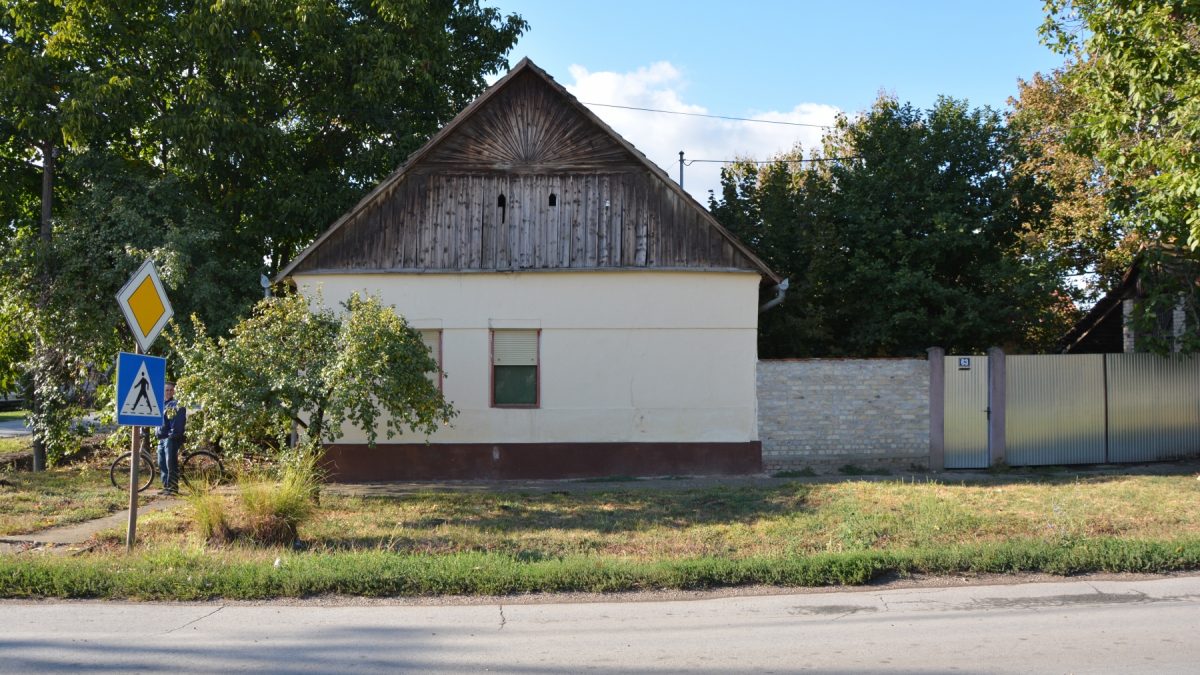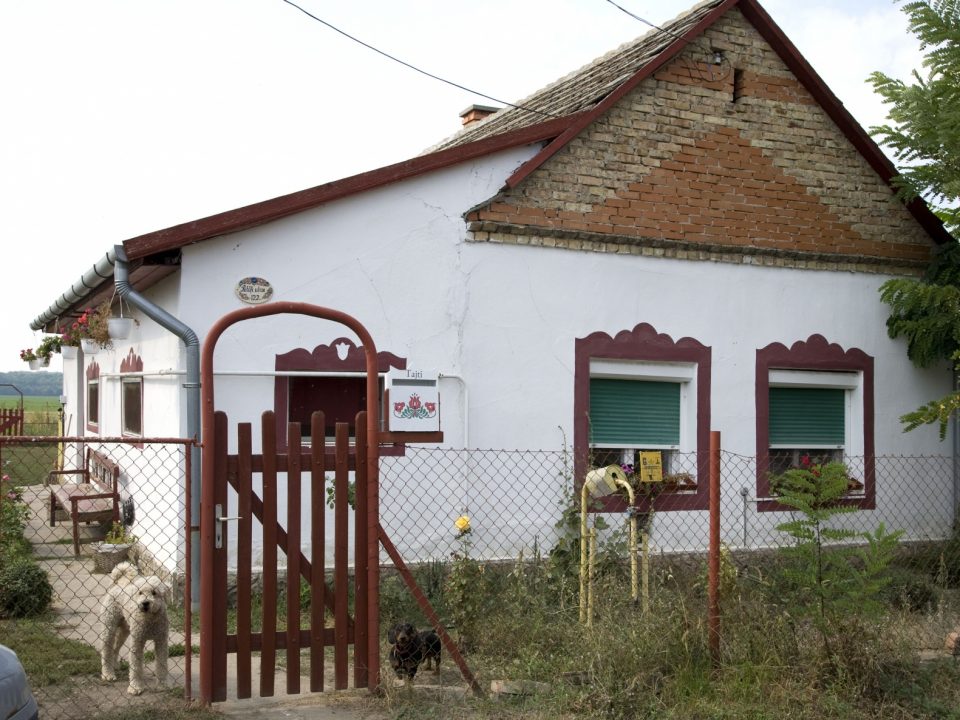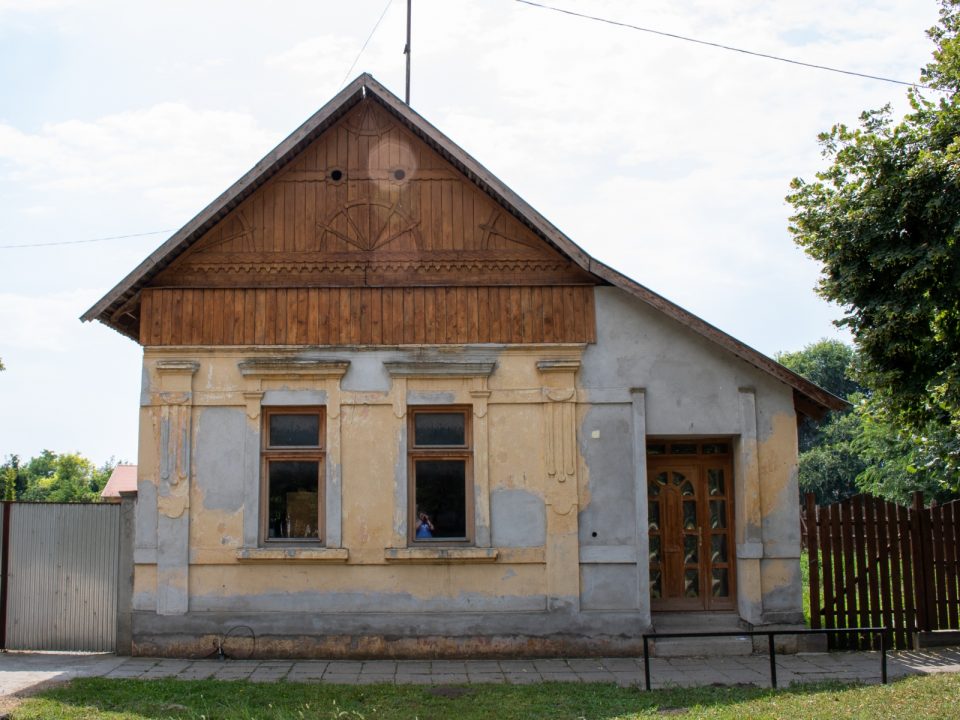Törökbecse – Aracs
2020.04.23.Töröktopolya
2020.04.23.This post is also available in:
 Magyar (Hungarian)
Magyar (Hungarian)
Novi Kneževac
Its name comes from the Slavic word Knezaha, which means a place where a kenéz (head of a municipality) was based. Artefacts both from the Palaeolithic and the Migration period have been found on the outskirts of the settlement. After the Huns, different wars throughout history drew many more nations to this region. According to the Gesta Hungarorum, in 896 Árpád, head of the Hungarian tribes, sent three warlords to occupy Banat, who then crossed the river Tisza at Kenes, which is today’s Törökkanizsa. In the time of King Saint Stephen, the royal salt warehouse was in Révkanizsa, which was a remarkable thing at the time, because salt was on the list of rarities. After the Battle of Mohács, it came under Turkish rule. After the expulsion of the Turks, the settlement was called Török-Kanizsa. In 1718 Török-Kanizsa became part of the Csanád district, and in 1779 it belonged to Torontál County. The Hungarian population of Törökkanizsa originates entirely from Szeged. The population did not settle at once, many of them moved here from the neighbouring tobacco-growing village of Budzsák, but the people of Firigyháza also ended up here when the village ceased to exist as a result of the landlord’s despotism.



